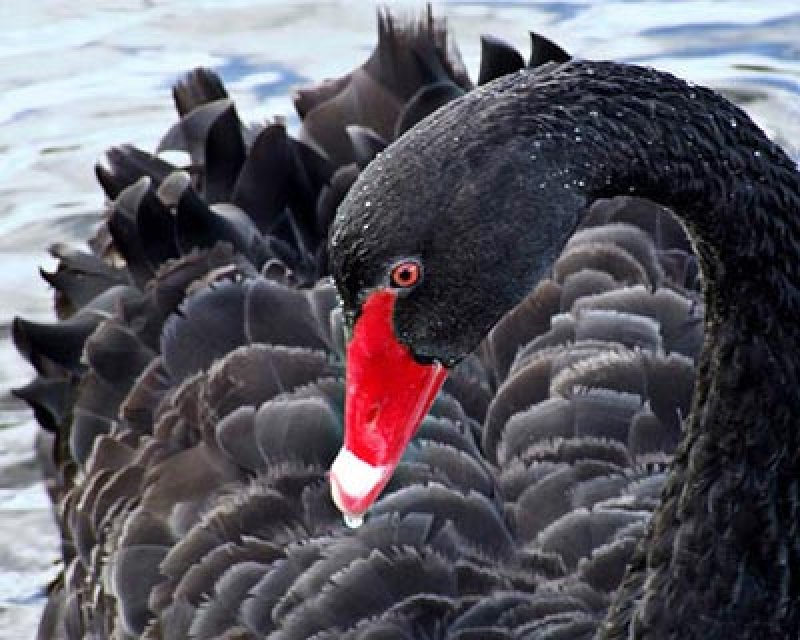Much has been written about Nassim Taleb’s coauthored paper arguing that the precautionary principle dictates that we should avoid GMOs because of a potential “Black Swan” event—unanticipated potentially catastrophic risk. Given the prominence of the author and his willingness to berate detractors, the paper has received more attention than the ideas in the paper merit.
This piece by Stuart Hayashi raises an excellent point. The issue shouldn’t be about the presence of risk per se but about risk on the margin. How much riskier (or less risky) are GMOs compared to other techniques? As Hayashi point’s out, Taleb’s argument is akin to running an experiment without the control. There is an implicit assumption that using GMOs (the experiment) are unambiguously riskier than not (the control).
Hayashi’s post had an summary description of Taleb’s main argument, which also shows how the same sort of logic can be used to argue that GMOs should be adopted. I’ve taken Hayashi’s description of Taleb’s argument and replaced a few of Hayashi’s words with my own in brackets:
Read full, original blog: GMOs and the Precautionary Principle































